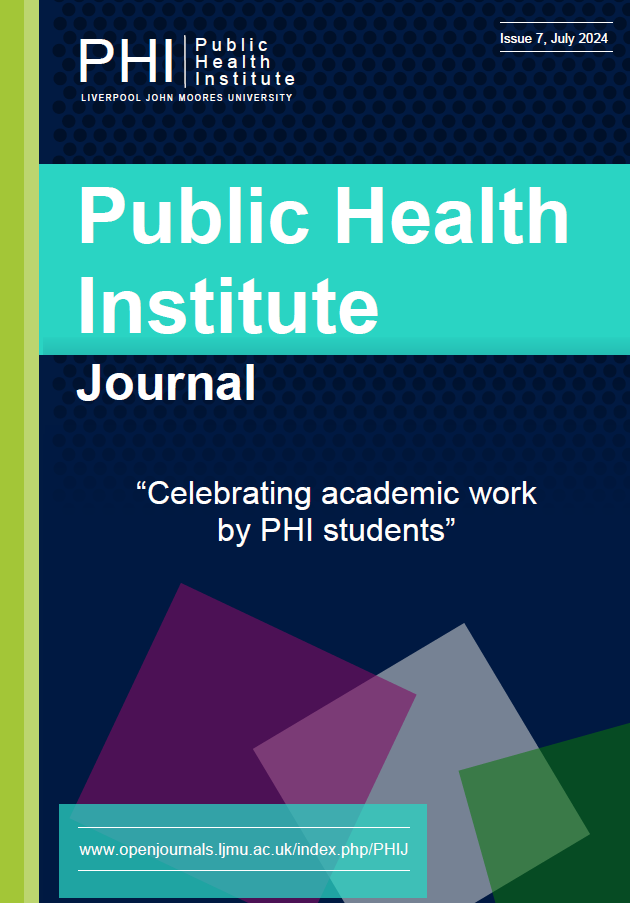A qualitative study exploring LJMU students’ vaping habits
Keywords:
E-cigarettes, Combustible cigarettes, Vaping, VapesAbstract
An e-cigarette is defined as ‘an electronic hand-held vaping device that produces for inhalation by a person an aerosol formed by heating a liquid’ and its use has increased internationally in recent years among young people. It is important to note, there are two routes of access for people who want to quit smoking via use of e-cigarettes, or vaping with access via purchasing from commercial markets being by far the most popular. Less common however, is access via health care professionals. In the UK, both medical and commercial approaches have been embraced due to public health bodies acknowledging e-cigarettes or vaping’s potential for assisting smoking cessation and supporting e-cigarette use for this purpose. This study employed qualitative methods to explore vaping behaviour of LJMU students. Interviews were employed as they were an appropriate tool to elicit individual vaping behaviour. Understanding individual behaviour gives a deeper and more meaningful understanding of what shapes or characterises this behaviour and in essence can equip health promoters with pertinent information to know what behaviour to target in the bid to promote health or behaviour change.
A convenience sampling method was employed which purposefully targeted current LJMU students who vape at least occasionally. A recruitment email was posted on LJMU canvas and those who were interested in taking part in the research study contacted the researcher via LJMU email. Five participants took part in individual interviews conducted on Microsoft Teams. Prior to commencement of interviews oral consent was read out to participants and once the participants were satisfied and happy to proceed the interviews were commenced. Data was transcribed and emerging themes were identified; ultimately those emerging themes were applied to this research and available evidence in relation to the research question.
The results show there is more appeal to using e-cigarettes or vaping compared to smoking combustible cigarettes. The results also show the way e-cigarettes are designed and marketed appear to target young people and in essence young people are drawn to these products. Most importantly, e-cigarettes or vaping is seen as an effective tool in helping smokers of combustible cigarettes to quit smoking in favour of e-cigarettes. They are also viewed as safer than smoking combustible cigarettes. The results also highlight peer influence as the main driver in determining one’s vaping behaviour or habits. The end goal for those that took part in the study was to eventually quit using e-cigarettes/ vaping altogether but did acknowledge the challenges of nicotine addiction. Future research should seek to establish LJMU vaping behaviour as a whole or university wide as opposed to only those students based within health disciplines. Moreso, future research should aim to be more diverse as this research only had one female participant with the rest being male, and all participants were of white ethnicity.
Published
Issue
Section
License
Copyright (c) 2024 John Murapa

This work is licensed under a Creative Commons Attribution 4.0 International License.
Authors retain copyright and grant the journal right of first publication with the work simultaneously licensed under a Creative Commons Attribution License that allows others to share the work with an acknowledgement of the work's authorship and initial publication in this journal.


